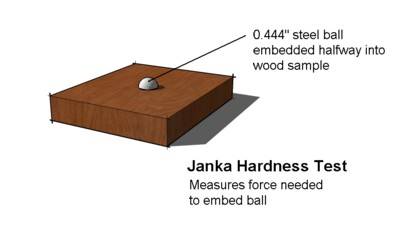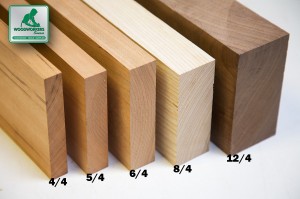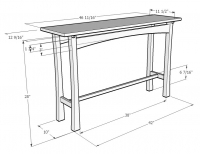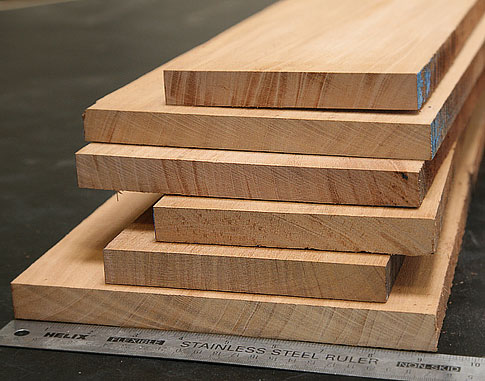
Jatoba/Brazilian Cherry Hardwood Sample (1/2"x3"x6")
SKU: samples-jatoba$8.00 ea.
48 U.S. Ground Service
Why Choose Jatoba?
Also called Brazilian Cherry, and one of our more popular imported woods. Hard, very heavy, and very tough. The grain is commonly interlocked with a medium coarse texture. Somewhat difficult to work due to its hardness and weight, however Jatoba remains a popular choice for furniture pieces and other woodwork.
Get your hands on a wood you've never tried before! It's simple. Samples are milled on all sides to the standard size of 1/2'' X 3'' X 6'', as determined by The International Wood Collectors Society, and include the shipping cost within the 48 U.S. Each one is labeled with the botanical and common names. Use these to test finishes and stains, to compare color and grain characteristics, etc.
| Thickness | 1/2" (≈ 1/2" approx) |
| Width | 3" |
| Length | 6" |
| Grade | Samples are milled on all sides, cut square and sanded; wood is a product of nature with inconsistencies from piece to piece. Use species samples as a guide, not a perfect representation. |
Woodworkers Also Recommend These
4.67
lbs /Bd. Ft.Wood Texture
Ease of Finishing
Russett to reddish brown, often with dark stripes or streaks.
Usually less than 100 feet with a trunk 24-48", but occasionally larger. May have swollen bases or buttresses and boles clear to 80 feet.
Alga, Algarrobo, Azucar huayo, Brazilian Cherry, Copal, Copinol, Courbaril, Gaupinol, Jatahy, Jatoba, Jutai, Kawanari, Locust, Pie de venado, Rode locus, Rode rode locus, West indian locust
Furniture, cabinets, flooring, veneer, decks, outdoor furniture, trim, stairs, moldings.
Nice sample of Jatoba
I have no title
Brazilian Cherry Sample
The Joys of Building with Great Woods
Understanding hardwood lumber starts right here with these wacky fractions.
If you're expecting perfect clear lumber 100% of the time, you're in for a surprise. Here's a summary of the hardwood lumber grades and what to expect from them.
Board feet isn't your everyday kind of math, but these three simple steps make it easy to figure out your project.
Here's a handy (and free) Excel worksheet that helps you estimate the lumber needs for your project.
Are woods poisonous? Hazardous to use in cutting boards or baby cribs? Find out here.
Wood is like a sponge, and it's always in a state of absorbing or releasing moisture to stay equalized with its environment. The problem with that is it also swells and shrinks. Here's what you need to know to protect your project.















